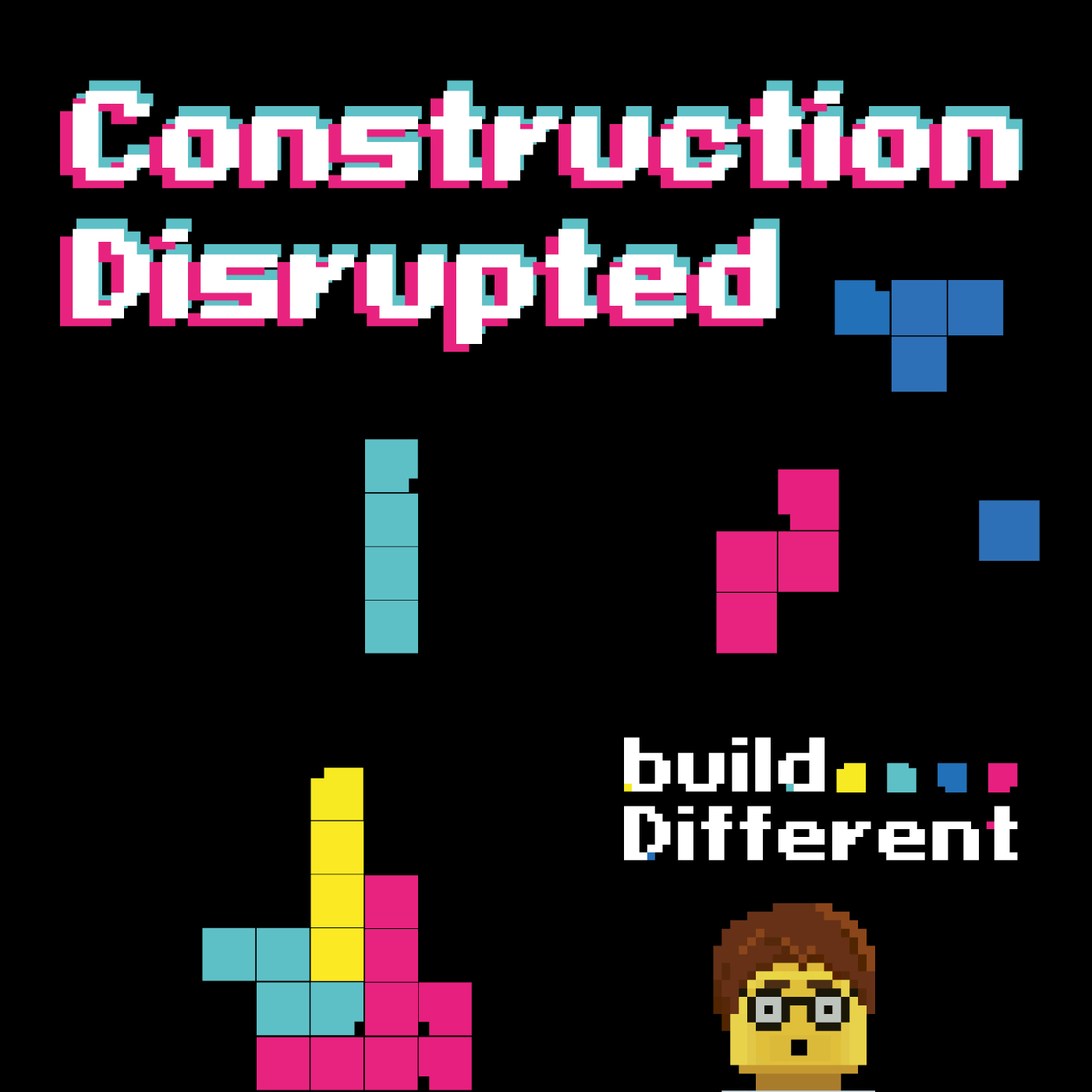
This episode is age restricted for viewers under +18
Create an account or login to confirm your age.
- After-Shows
- Alternative
- Animals
- Animation
- Arts
- Astronomy
- Automotive
- Aviation
- Baseball
- Basketball
- Beauty
- Books
- Buddhism
- Business
- Careers
- Chemistry
- Christianity
- Climate
- Comedy
- Commentary
- Courses
- Crafts
- Cricket
- Cryptocurrency
- Culture
- Daily
- Design
- Documentary
- Drama
- Earth
- Education
- Entertainment
- Entrepreneurship
- Family
- Fantasy
- Fashion
- Fiction
- Film
- Fitness
- Food
- Football
- Games
- Garden
- Golf
- Government
- Health
- Hinduism
- History
- Hobbies
- Hockey
- Home
- How-To
- Improv
- Interviews
- Investing
- Islam
- Journals
- Judaism
- Kids
- Language
- Learning
- Leisure
- Life
- Management
- Manga
- Marketing
- Mathematics
- Medicine
- Mental
- Music
- Natural
- Nature
- News
- Non-Profit
- Nutrition
- Parenting
- Performing
- Personal
- Pets
- Philosophy
- Physics
- Places
- Politics
- Relationships
- Religion
- Reviews
- Role-Playing
- Rugby
- Running
- Science
- Self-Improvement
- Sexuality
- Soccer
- Social
- Society
- Spirituality
- Sports
- Stand-Up
- Stories
- Swimming
- TV
- Tabletop
- Technology
- Tennis
- Travel
- True Crime
- Episode-Games
- Visual
- Volleyball
- Weather
- Wilderness
- Wrestling
- Other
What is holding ConTech back? - Episode 2
In this episode, we’ll run through the 10 main challenges facing the construction technology industry, or more specifically the hurdles that are in the way of a more technologically advanced industry appearing from its manually made rubble. We need to better understand these problems in order to overcome them and unlock the significant potential for increased productivity, cost savings, and sustainable growth.Lack of Digital Adoption: The construction industry has been relatively slow in adopting digital technologies, leading to inefficiencies, delays, and increased costs. We see this within a lot of organisations where legacy systems are still being used and make it difficult to integrate with more advanced technologies. There is not only a need for better awareness and understanding of the potential benefits of digital solutions but the mentality of viewing sunk costs as a barrier to improving or replacing older systems must change.Fragmentation and Lack of Collaboration: The industry is highly fragmented, with multiple stakeholders often working in silos. This lack of collaboration hampers the adoption and integration of new technologies, hindering progress and innovation.Fragmentation means we are developing systems that cater, very well, to sectors of the industry, but sometimes forget the bigger picture and the need to integrate systems across the supply chain. Skilled Workforce Shortage: There is a shortage of skilled workers who possess the necessary knowledge and expertise to implement and operate construction technology effectively. We often hear about the skills gap facing the trades, the workers at the coalface, onsite, getting the work done, but the shortage isn’t so isolated and is affecting almost every corner of the industry. Within Construction Technology this is a double whammy as we have a lack of skilled workers that can utilise and implement new technologies making sure they work well and limited skills when it comes to analysing the data, interpreting information from which accurate and reliable decisions can be made.The industry needs to invest in training programs and attract young talent to address this gap as well as transfer skills for those where technology will impact their profession the most.Cost and ROI Concerns: Construction technology can require a significant upfront investment, and many are concerned about the return on investment (ROI). In most cases this is unfound and the investment eventually brings a return. The key word there is EVENTUALLY. The construction industry is made up of predominantly small enterprises, with many being sole traders making investments difficult or impossible as a return takes too long and may not be necessary for such a small company. This leads to the question of whether it should be up to the larger organisations to carry the flag here and make technology more accessible for the smaller companies they rely on to contract or even sub-contract. Clear evidence of cost savings and productivity gains is crucial to encourage wider adoption.Data Management and Integration: Construction projects generate vast amounts of data, but effectively managing and integrating this data across various systems and stakeholders remains a challenge. Another challenge within this same category is the sheer amount of data that is collected. As not all data is made equally this poses a problem with the need to interpret what data is of substance and what is fodder. This is compounded by how we receive any information and analysis, is it raw data that can be scrutinised (if we do have the ability to do so), or has it already been interpreted, changed, analysed and perceptions made about what it is telling us? Either way, errors can be made leading to poor decisions being made compoundi

